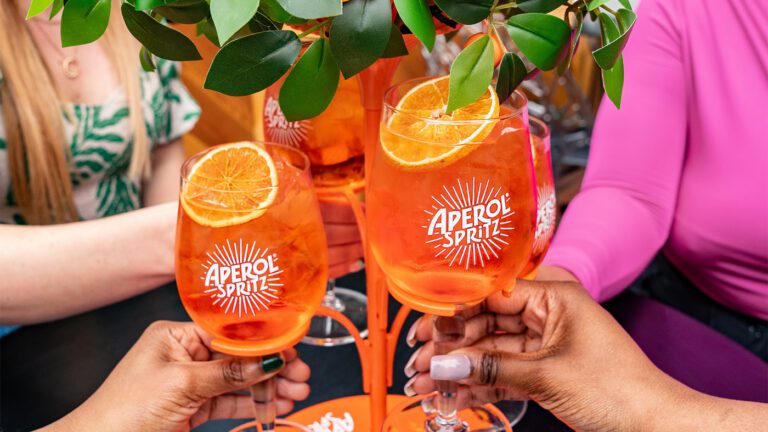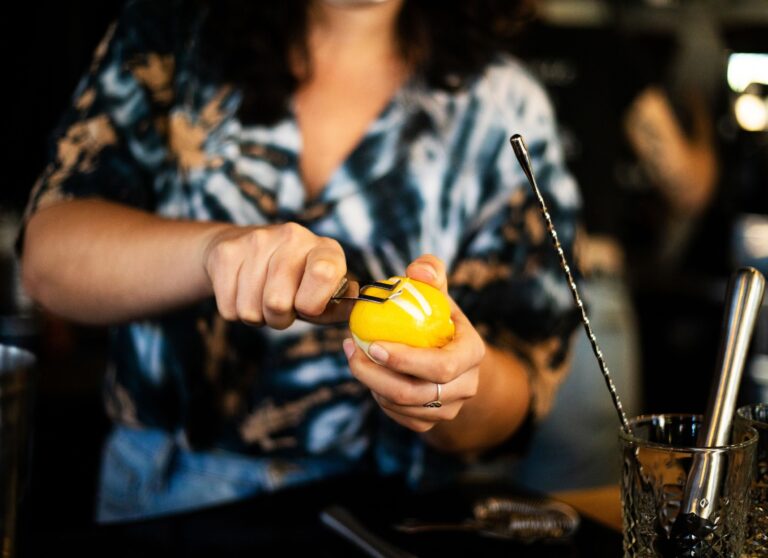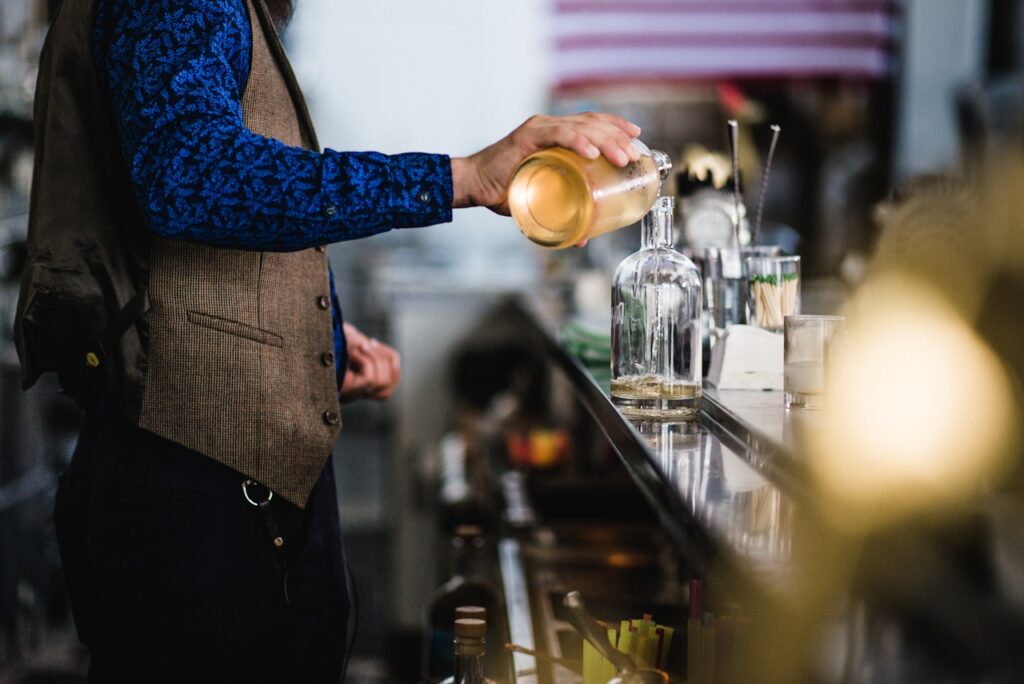
Crafting The Most-Wanted Cocktail Menu
Crafting a profitable and innovative drinks programme and menu needs structure, an understanding of local markets and a view on emerging trends. Getting it right is critical to hospitality venues the world over and getting it right can help transform the bottom line.
Antonio Del Monte, Head of Bars at Park Chinoise has given us his valuable insights on how to craft a menu that speaks, sells, and, most importantly, makes your guests want to come back for more.
This is a must for emerging or seasoned bartenders who are looking to redefine how they approach their menu development.
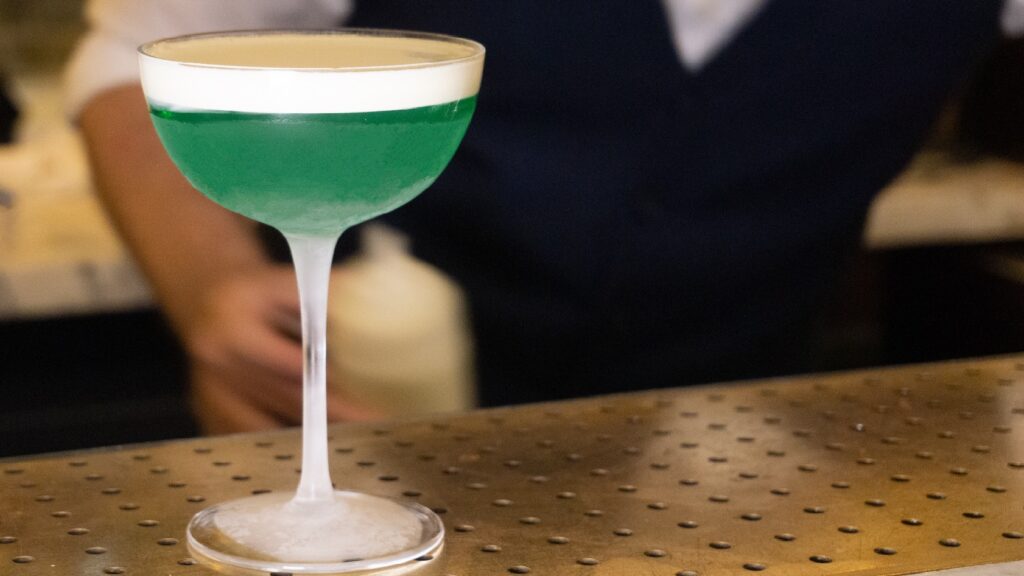
Stage 1 – Research and inspiration
Creativity only works when supported by numbers.
Before a single drink hits the menu, you need to know what you’re aiming for.
Research is your first step, and it doesn’t have to be daunting.
Look around you. What’s trending in the cocktail world? What resonates with the vibe of your bar? What’s your competition doing? Have you checked their menu? Here are my tips for starting right.
1. Start with your Venue’s Identity
Think about your bar at 360 degrees. Is it a cozy, speakeasy-style hideout, or a bustling, lively spot? Your menu should reflect that. A themed menu whether it’s seasonally driven, inspired by local flavours, or based on a specific spirit sets the foundation for everything that follows.
2. Get inspired
Look into the cocktail books. Read about classic cocktails, but also pay attention to modern twists. Flip through food and drink websites, social media channels and follow cocktail influencers who resonate with your bar’s identity.
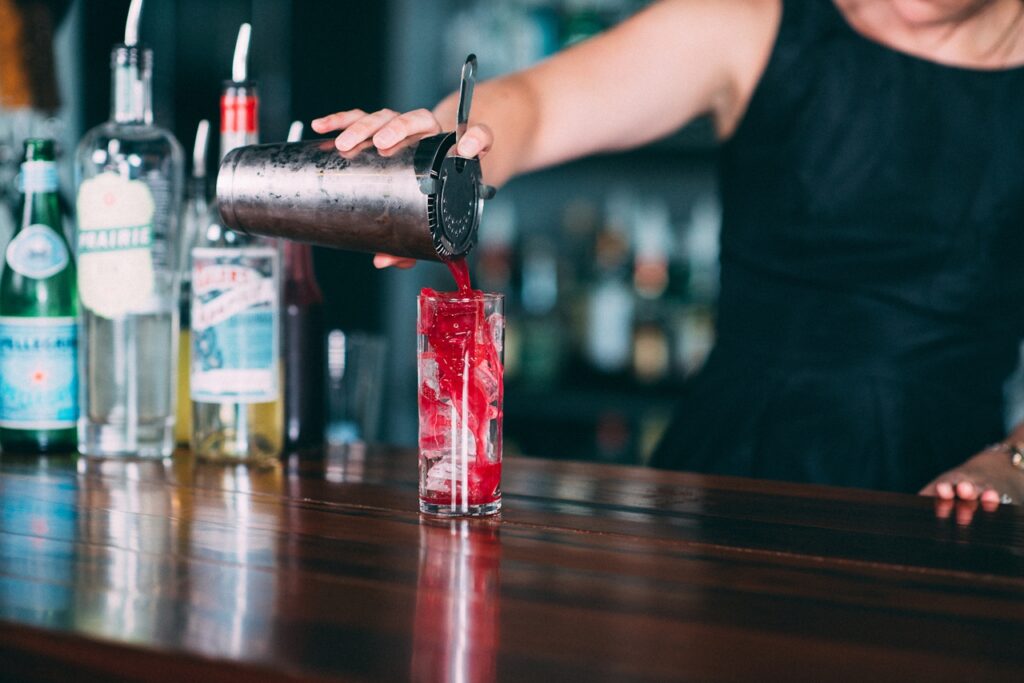
3. Read Your Crowd
Who are your guests? If your bar attracts a crowd that loves experimentation, don’t be afraid to incorporate intriguing flavours or unique ingredients. If your regulars prefer the classics, find a way to offer twists that feel fresh yet familiar.
The sales-mix is also fundamental. Creativity is just a word if it doesn’t have a direction.
For example: Would you create a rhum-based cocktail menu if your sales-mix clearly states that you sell predominantly gin-based cocktails? In other words, you need to fish where the fish are.
Antonio’s Tip – Throughout your career keep a notebook or a digital folder of inspiration. Snap photos, jot down flavour pairings and list ideas that pop up. This collection will be your go-to when it’s time to start creating. developing your menus.

Stage 2 – Bringing Ideas To Life
Once you’ve gathered your inspiration, it’s time to shape it into a concept. This is where you put a stake in the ground and define what your menu is all about. By now you will have a huge amount of inspiration and the beginnings of a concept, now its time to create a definite structure and theme by following these steps.
1. Define Your Theme
A clear theme is what makes a menu memorable. It could be inspired by the seasons, regional ingredients, classic cocktails with a twist, or even a story that runs through each drink.
2. Align with your Bar’s Identity
Your theme should naturally fit the atmosphere and identity of your bar.
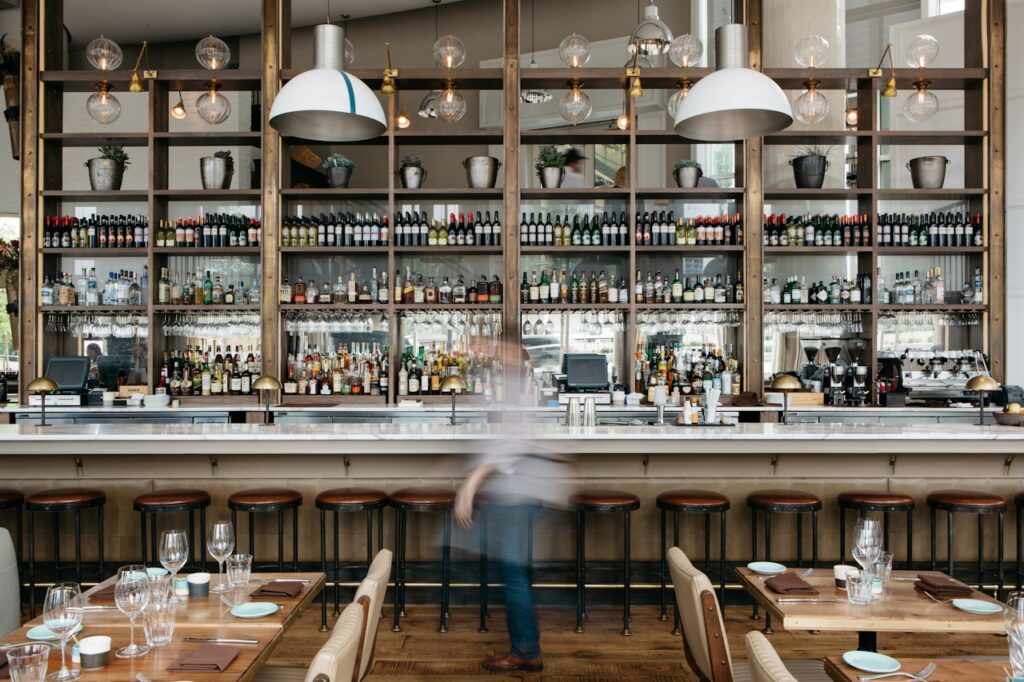
3. Balance & Variety
While your theme is crucial, don’t let it box you in. A good menu offers a range of flavours, spirits, and complexities.
4. Keep It Simple Yet Intriguing
A smaller, carefully crafted selection is more impactful than an extensive list where drinks get lost.
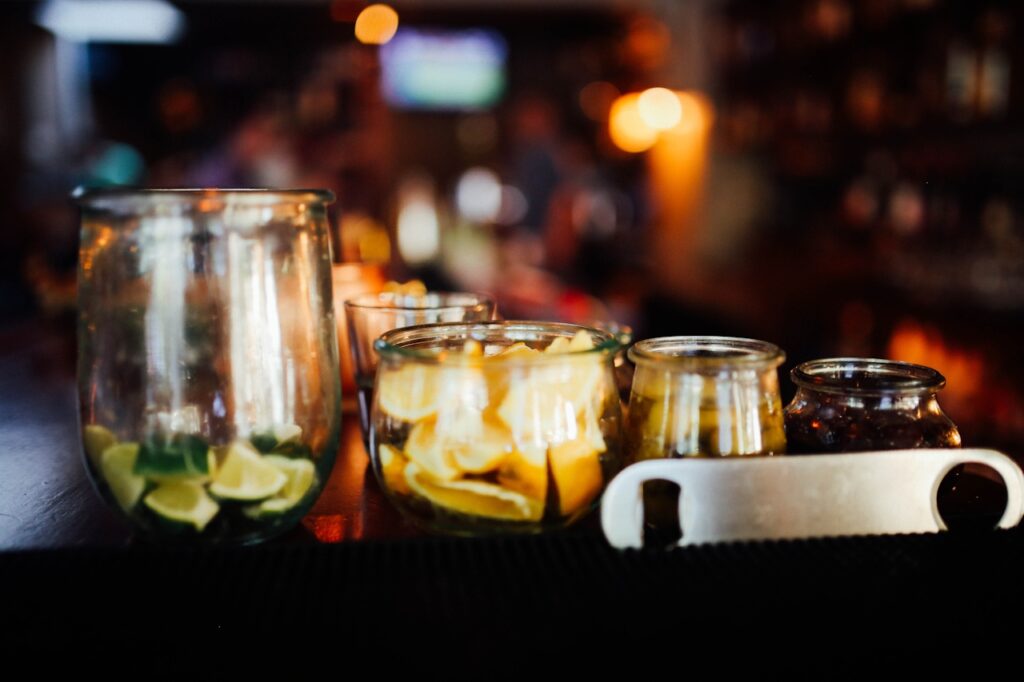
Ingredient Selection: The Heart of Your Cocktails
Now that you have a theme, it’s time to talk about ingredients. The ingredients you choose will make or break your cocktail menu, so this step requires a keen eye and a bit of restraint.
When it comes to ingredients, quality trumps quantity every time. A well-crafted cocktail menu doesn’t require a long list of exotic ingredients; it demands a thoughtful selection.
Embrace the seasons. Using fresh, seasonal ingredients is not only cost-effective, but it also adds a dynamic element to your menu.
Using locally produced spirits, liqueurs, and mixers not only supports your community but also tells a story through your menu.
Ingredients aren’t just about taste—they’re about budget too. Balance your menu with a mix of high-end and more accessible ingredients to maintain a reasonable profit margin.
Antonio’s Tip – When selecting ingredients, keep your bar’s speed and efficiency in mind. It’s one thing to create a complex cocktail in a quiet bar, but it’s another to make it ten times in a busy Friday night rush. Select ingredients that are not only delicious but also practical for high-volume service.
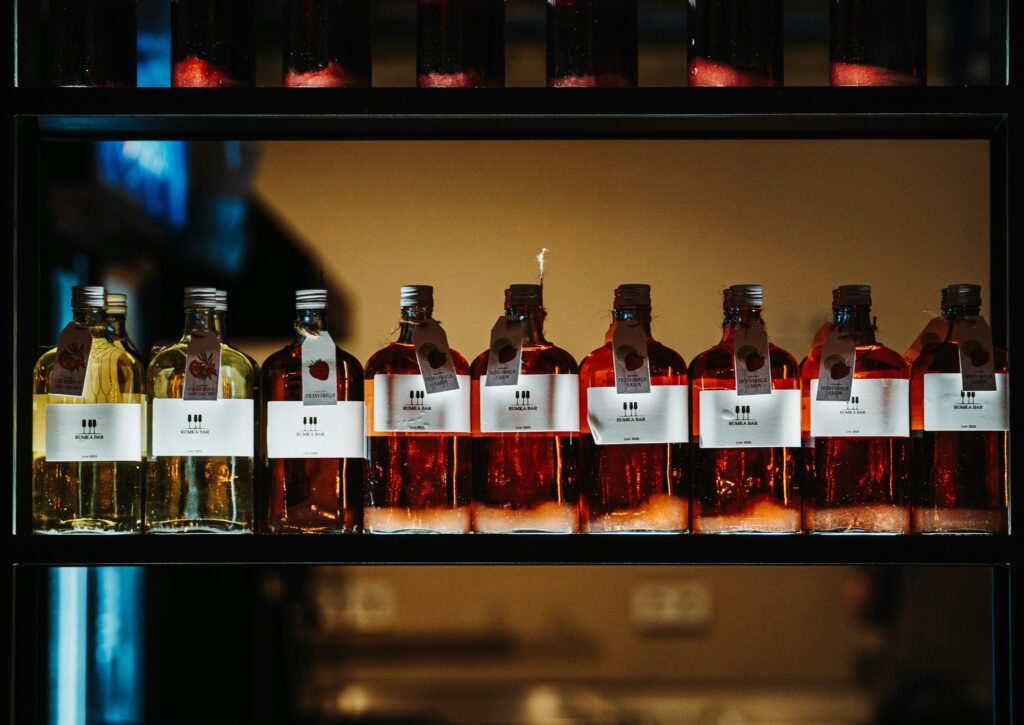
Cocktail creation: Bringing flavours to your guests
This is where the fun begins—bringing your menu concept to life with creative and balanced cocktails. But don’t rush it; creating a cocktail isn’t just about throwing ingredients together. It’s about building a drink that tells a story, fits the theme, and satisfies the palate.
Begin with classic cocktails as your base. Classics are timeless for a reason—they’re balanced, familiar, and crowd-pleasing.
Once you have a solid foundation, start adding your twist. It might be a unique ingredient, a different preparation method, or an unexpected garnish.
A great cocktail strikes a balance between sweet, sour, bitter, salty, and umami flavours. Play around with different ratios of ingredients to find the perfect balance.
Choose garnishes that complement the flavours of the drink and, when possible, align with the theme of your menu.
Antonio’s Tip – Keep a recipe file/notepad for every cocktail, including measurements, preparation steps, and garnish details. This procedure will be an invaluable reference for staff training and ensure that every bartender can recreate the drinks to the same standard.
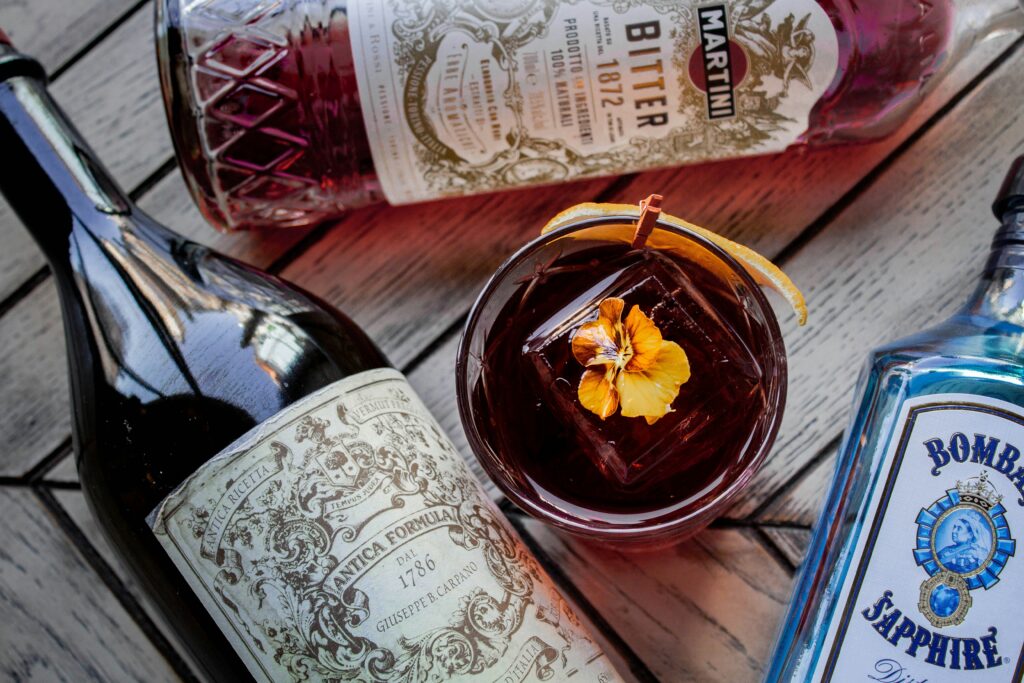
Stage 3 – Test, Refine, Repeat
The first recipe is rarely the final one.
Once you’ve created your cocktails, it’s time to put them to the test. Gather feedback from your team and regulars. Watch their reactions as they taste the drinks—are they savouring every sip, or do they seem unsure?
Take their input seriously, especially when it comes to balance, presentation, and overall experience.
During testing, make sure each drink is consistently replicable. It’s no good if the cocktail is perfect when you make it but falls apart when another bartender tries their hand. Consistency is king to building trust with your guests; they want to know they’ll get the same great drink every time they visit.
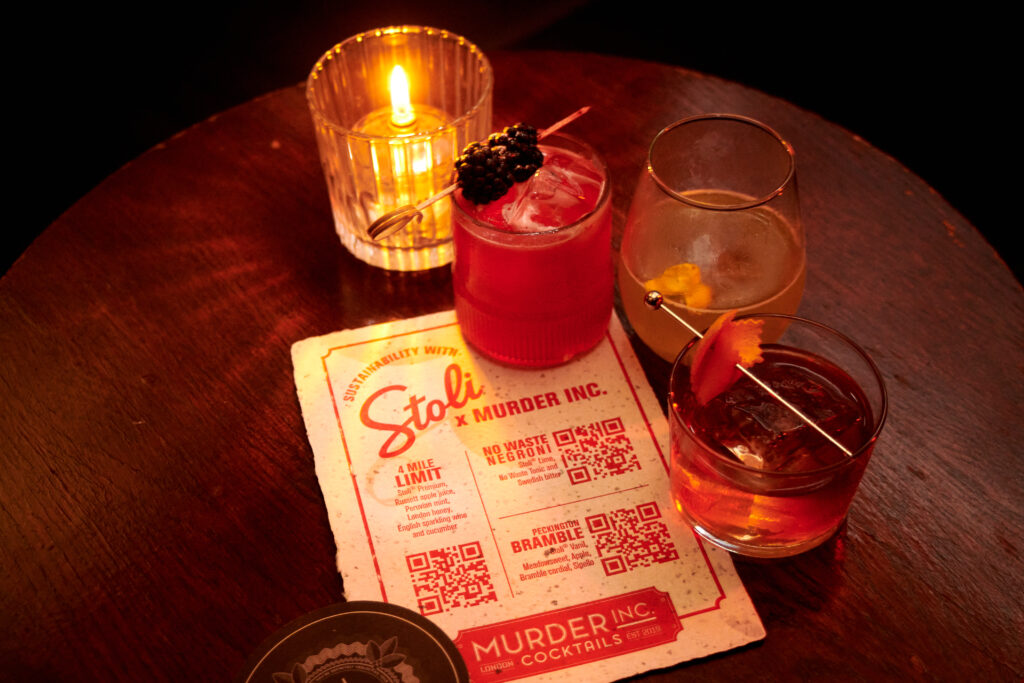
Costing & Pricing – the Business Behind The Bar
Creating beautiful cocktails is only half the battle; ensuring they’re profitable is where the real work lies. Costing and pricing your drinks properly are essential for maintaining the health of your bar and delivering value to your guests. Here are a few tips on getting your commercials in the right place.
1. Calculate your costs
Start by breaking down the cost of every ingredient in your cocktail. For spirits, use the cost per ounce or milliliter. For mixers, juices, garnishes, and other ingredients, determine their cost per serving. Add these together to find the total cost of making each cocktail. This process might seem tedious, but it’s critical to understanding how much you need to charge to stay profitable.
2. The 20% Rule
A common rule in the bar industry is that the cost of ingredients should be around 20% of the cocktail’s selling price.
For example, if a cocktail costs you £2 to make, the ideal selling price would be around £10. This allows you to cover other expenses, like staff wages, rent, utilities, and still make a profit. However, this is just a guideline; pricing can also be influenced by your market, clientele, and bar positioning.
3. Balance high and low-cost ingredients
Not every cocktail on your menu needs to be a high-end creation. Balance your menu with a mix of more affordable drinks and a few premium options. Use lower-cost ingredients strategically in cocktails that still pack a punch in flavor and presentation. This balance allows you to keep an attractive price point while boosting your profit margins.
4. Factor in time and labour
Remember, it’s not just the ingredients that cost money. If a cocktail requires a lot of preparation—whether it’s infusing spirits, making syrups, or precise garnishing—factor this into its price. Your time and the labour of your bar team are valuable, and the pricing should reflect the effort that goes into each drink.
5. Test The Market & Optimise
After setting initial prices, pay attention to customer reactions. If certain drinks are flying off the menu, you might have room to adjust the price. If others aren’t selling as well, consider whether the price is too high for your clientele or if there’s another barrier, like the description or presentation, that you can tweak.
Antonio’s Tip – Keep an eye on ingredient prices over time. Costs can fluctuate, especially for seasonal ingredients, so revisit your costing periodically to ensure you’re maintaining your desired profit margins.
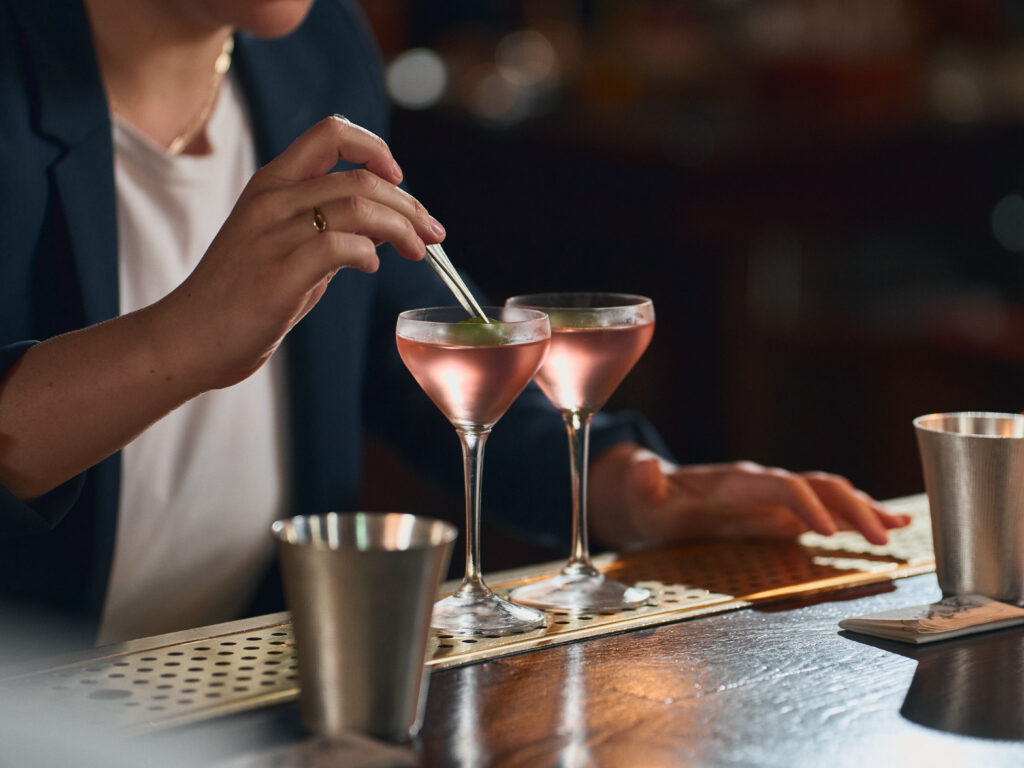
Conclusion: Crafting Cocktails, Crafting Experiences
Creating a cocktail menu is more than just mixing drinks; it’s about crafting an experience that resonates with your guests and reflects the identity of your bar. It takes time, research, creativity, and a touch of grit.
But remember, you don’t have to be an industry veteran to create something truly special. Start simple, stay true to your bar’s identity, and most importantly, have fun with it. This is your chance to share your passion, one cocktail at a time.
So roll up your sleeves, get behind the bar, and start building a menu that tells your story.
Your guests are waiting.

Antonio Del Monte
Beverage Consultant
The author is an industry veteran who has worked across London's top hospitality venues in a 20+ year career. He is currently Head Of Bars for Park Chinois and his expertise lies in trends, the on-trade and developing drinks programmes.
Related Articles
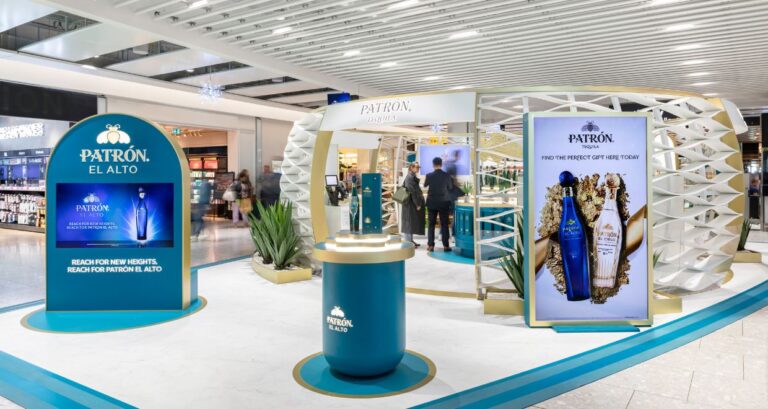
EXPERIENCIA PATRÓN – A Masterclass In Retail Activation
There is a huge amount to admire about the way…
